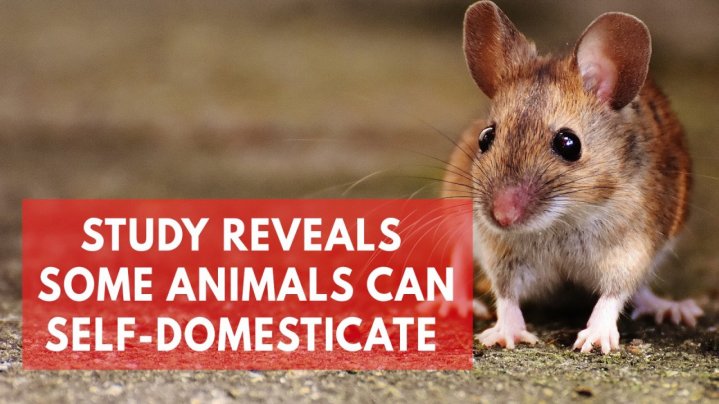
A new study conducted by the researchers at the University of Zurich's Department of Evolutionary Biology and Environmental Studies has found that wild mice that lived in Zurich, Switzerland changed its appearance after continuous exposure to humans. After close proximity to humans for more than ten years, mice developed white patches around their typically brown fur and their snouts even got shorter.
Mice were usually afraid of human presence, but in the course of time, they became less fearful of people, and also showed signs of domestication. "The mice gradually lost their fear and developed signs of domestication. This happened without any human selection, solely as a result of being exposed to us regularly,'' said Anna Lindholm, an evolutionary biologist and lead author of the study.
This phenomenon, called domestication syndrome, a case where the traits and physical language of pets get changed after getting continuous exposure to human beings. For example, dogs and pigs tend to develop floppy ears and white patches in their body, and their snouts used to turn shorter.
During the study, evolutionary biologists led by Anna studied the mice that live in the barn for more than 15 years. The researchers provided the mice with food and water, and they were investigated thoroughly by the team members.
According to the researchers, the transformation is directly linked to stem cells in the embryo called neural crest that affect both behavioral and physical traits in parallel. Even though researchers did not have any direct intentions to domesticate mice, the human proximity had an effect on their physical appearance.
Researchers believe that the self-domestication phenomenon could offer clues on how wolves developed into domestic dogs. The researchers are also planning to conduct further research to know the animal's behavioral and physical changes when they live in close proximity to human beings.
The study report is published in the journal Royal Society Open Science.








